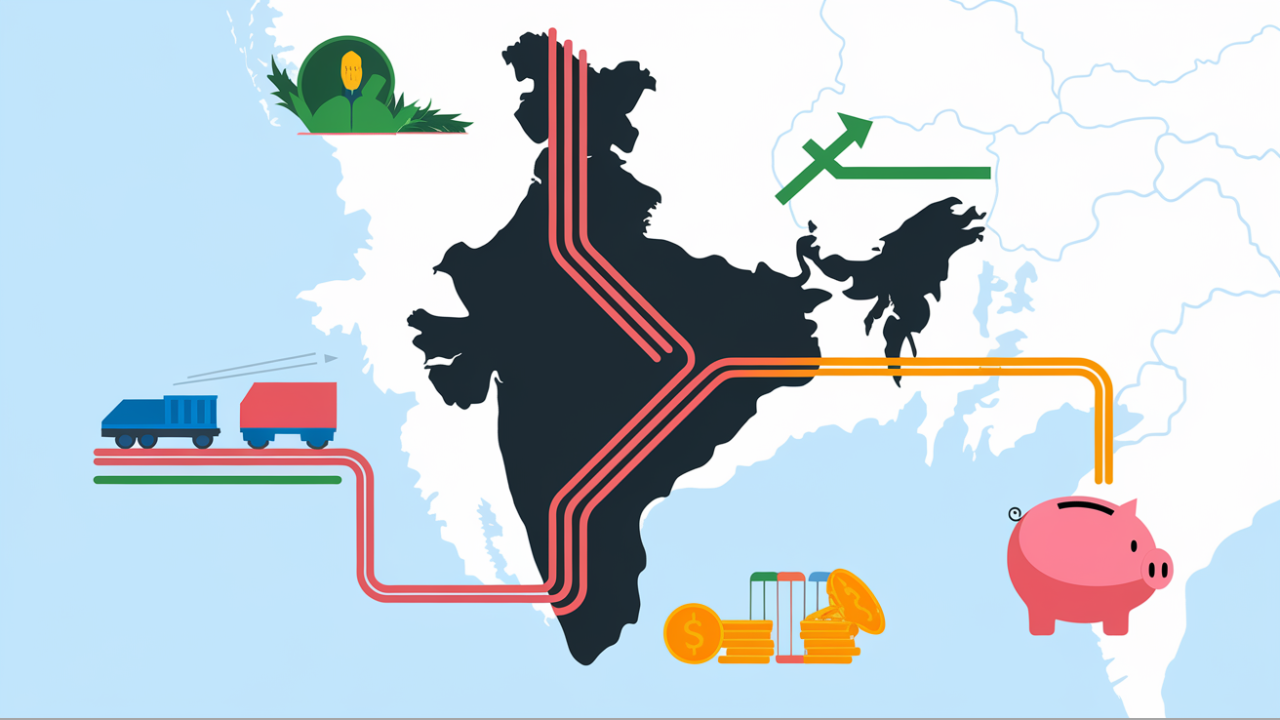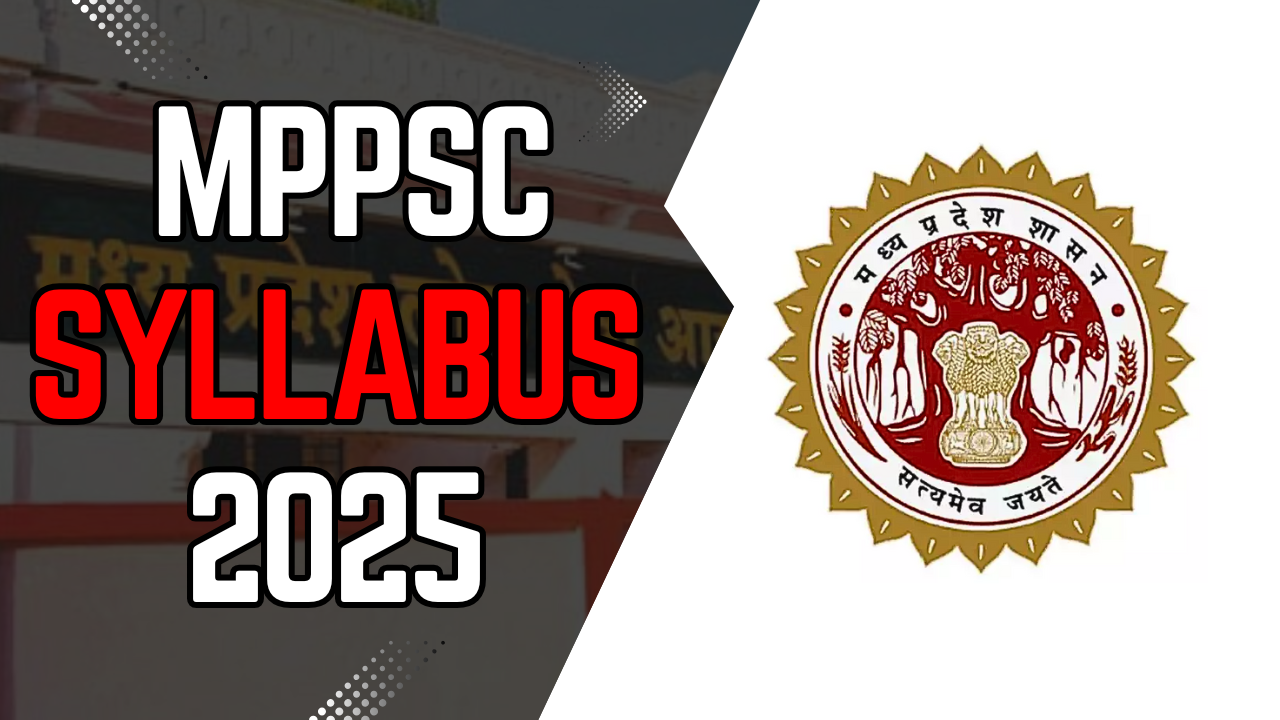Resource Crunch Assail the States: Challenges and Solutions
The recently published Reserve Bank of India report titled State Finances: A Study of Budgets of 2024–25 sheds light on the growing fiscal challenges faced by Indian states. Despite managing to restrain the growth of their liabilities, states are grappling with a mismatch between their income and expenditure, which threatens their ability to meet future demands efficiently. This blog explores the key findings of the report and suggests ways to address these fiscal challenges effectively.
Key Findings from the RBI Report
1. Slower Growth in State Debt
The growth of the states' debt burden has slowed to around 2% of GDP in the first four years of the Fifteenth Finance Commission, significantly lower than the 4.9% increase during the Fourteenth Finance Commission.
This indicates better fiscal management by states compared to the union government, which saw a 4.6% increase in liabilities during the same period.
2. Increased State Spending
States have increased their budgetary expenditure to an average of 18.5% of GDP during the first four years of the Fifteenth Finance Commission, about 1% higher than during the Fourteenth Finance Commission.
In contrast, the union government’s spending remained at 16.1% of GDP during 2020–24.
3. Disproportionate Growth in Revenue vs. Capital Expenditure
Revenue expenditures increased by 0.7 percentage points to 14.4% of GDP, while capital spending rose only by 0.4 percentage points to 4.1% of GDP.
The share of capital outlays in total state expenditure declined from 16% (2005–10) to 14% (2020–26).
4. Stagnant Development Expenditure
Development expenditure remained constant at 11.1% of GDP, whereas non-development spending rose to 5.1%.
Within development expenditure, spending on social services increased to 6.5%, but allocations for economic services declined to 4.8%.
5. Disparities in Social Sector Spending
Spending on education peaked at 1.7% of GDP during the pandemic but has since declined slightly.
Expenditure on health and family welfare remained steady at 1.1% of GDP.
6. Rising Financial Guarantees
The ratio of state government guarantees to GDP rose from 2% in 2018 to 3.8% in 2023–24, reflecting increasing fiscal stress.
7. Stagnant Revenue Growth
Total state receipts grew by less than 1 percentage point to 18.5% of GDP during the Fifteenth Finance Commission period.
Tax receipts stagnated at 9.9% of GDP, with the state’s own tax receipts at 6.4% and devolved taxes at 3.5%.
Growth in capital receipts (mainly borrowings) has been the primary driver of increased revenue, which is unsustainable in the long run.
Challenges for the Sixteenth Finance Commission
1. Growing Mismatch Between Receipts and Expenditure
The stagnant growth of tax revenues, coupled with rising expenditure needs, has created a widening fiscal gap that needs immediate attention.
2. Need for Higher Devolution
Many states are demanding that the union government devolve 50% of its gross tax revenue to states to meet their expanding financial needs.
3. Revenue Neutrality in GST
Returning goods and services tax (GST) rates to revenue-neutral levels is essential to help states mobilize additional revenues.
Solutions to Address Fiscal Challenges
1. Strengthen Tax Revenues
Increase GST rates to revenue-neutral levels.
Encourage states to expand their tax base through innovative measures.
2. Optimize Expenditure
Prioritize capital and development spending to ensure long-term growth.
Reduce non-development expenditures and subsidies where possible.
3. Reform Financial Guarantees
Implement strict guidelines to limit state guarantees and improve monitoring of state-sponsored entities.
4. Improve Revenue Sharing
The Sixteenth Finance Commission should consider increasing the devolution of taxes to states, ensuring a fair distribution of resources.
5. Focus on Social and Economic Services
Increase allocations for education, health, and infrastructure to boost human capital and economic growth.
Conclusion
The fiscal challenges faced by Indian states demand a coordinated response from both state and union governments. By optimizing expenditures, strengthening revenue mobilization, and ensuring equitable resource sharing, the states can overcome these challenges and drive sustainable growth. The upcoming Sixteenth Finance Commission has a pivotal role to play in addressing these issues and securing a stable fiscal future for the country.
By : team atharvaexamwise








